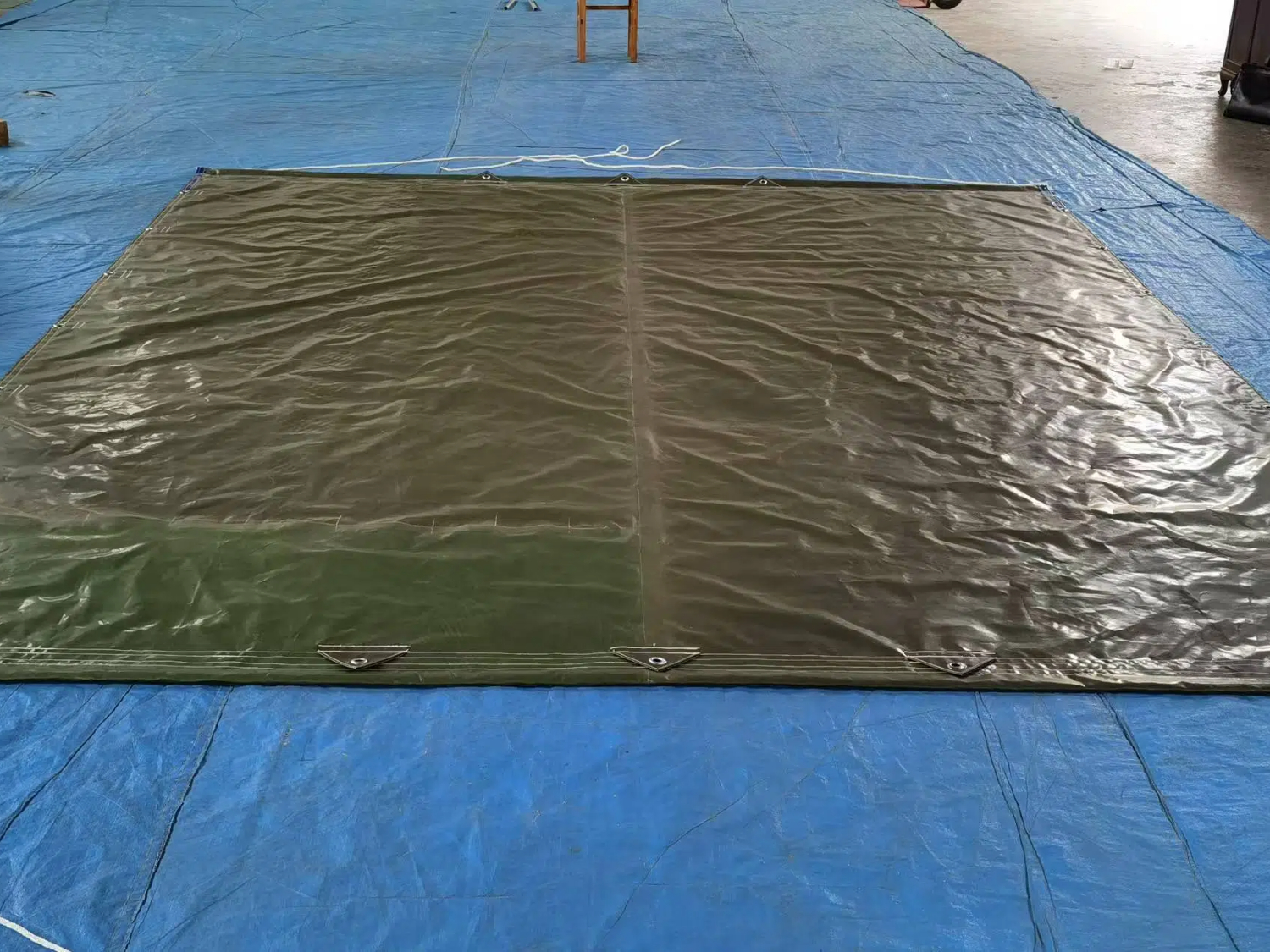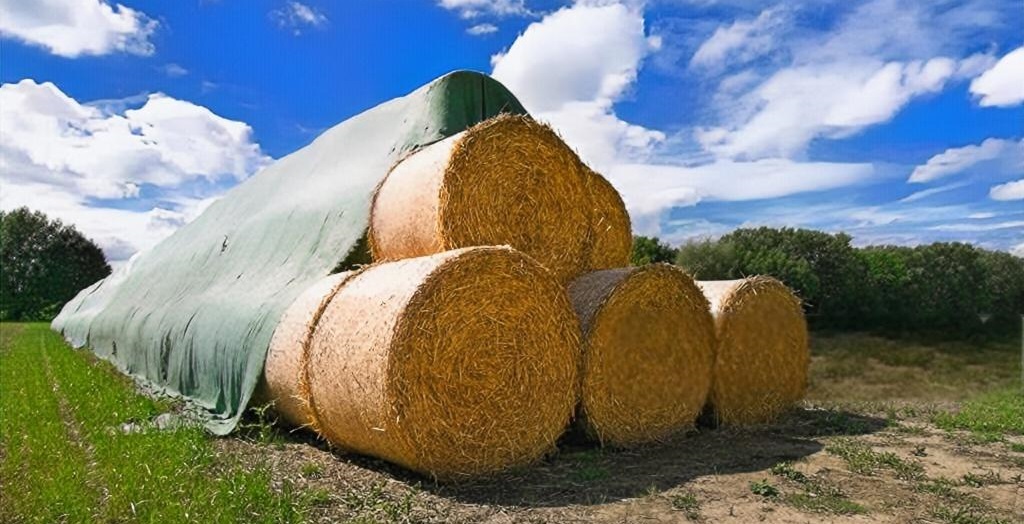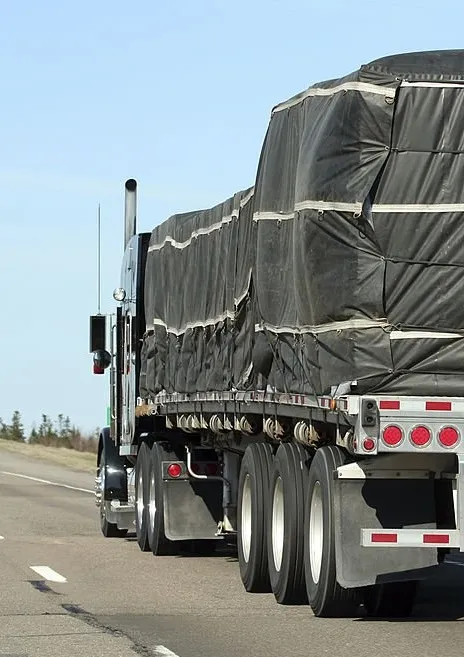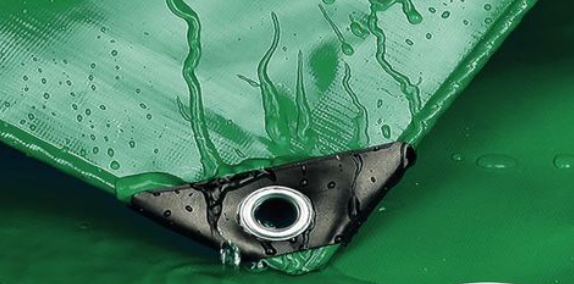
In the wood industry, there is a need to protect wood from the environment so that its quality and value are maintained. Exposure to rain, snow, sunshine and wind for an extended period warps, rots, discolors and inflicts other types of wood damage. That is where tarps made of lumber come in. Lumber tarps here are a reliable barrier against unfavorable environmental conditions and ensure that the wood remains intact from the logging site to its final destination.
Key Features of Lumber Tarps
Excellent Weather Resistance
Lumber tarps are constructed with a focus on good weather resistance. They are typically constructed from high-density polyethylene or polyvinyl chloride materials. HDPE tarps are resistant to tears and are of long-lasting construction, while PVC tarpaulins are effective water repellents. These are able to withstand heavy rain, snow, and heavy winds.
UV Protection
Long-term exposure to sunlight may cause wood discoloration, cracking, and loss of strength. Lumber tarps are normally treated with UV inhibitors to protect against the harm caused by UV radiation. The inhibitors reduce exposure of the wood to the sun by absorbing or reflecting sunlight’s UV rays. High UV protection tarps can extend the life of the wood and preserve its color and strength.
Secure Securing Methods
To effectively cover your wood from the elements, tarps must be tied down properly. Metal grommets are usually found at the edges of most tarps to make securing them to a truck, trailer, or storage rack a possibility. Ropes, bungee cords, or ratchet straps can also be used to secure the tarp tightly so that it will not be blown in the wind or blown away. Some advanced wood tarps also have an integrated tie-down system, providing a safer and more convenient way to secure your wood for maximum protection.

Different Types of Lumber Tarps and Their Advantages
Heavy Duty Tarps
Heavy Duty wood tarps are ideal for long storage and transportation of heavy quantities of timber. They are made from heavy, robust material that provides maximum protection against extreme weather conditions. They are also able to withstand the friction of sharp edges of timber without being punctured, making them ideal for transporting rough cut or unprocessed timber. For example, in large logging operations, heavy-duty tarps are used to cover entire truckloads of logs for long-distance transport so that the wood arrives at the mill undamaged.
Lightweight Tarps
Lightweight wood tarps are a more functional option for transient application or covering of minor loads. They are easier to handle and install, conserving time and effort in its placement. Although lighter, these tarps still successfully protect from rain, light snowfall, and sunlight. Lightweight tarps are generally favored by small lumber yards or DIY enthusiasts who need to temporarily cover small amounts of wood for scenarios such as weekend woodworking projects.
Breathable Tarps
Breathable wood tarps are made with the purpose of preventing water from collecting below the cover. Wood releases moisture when it changes temperature, and when moisture collects, mildew and mold will develop. Breathable tarps allow air to pass through, which leaves the likelihood of condensation lower.
Application Scenarios of Wood Tarps
Logging Operations
At the logging site, wood tarps are used to cover felled trees before they are shipped to the mill. This protects the logs from rain and snow, which would cause them to absorb too much moisture and be heavy, as well as cause problems during the process. The tarps also protect the logs from debris and dirt, leaving them clean and easy to process.
During Transportation
When transporting lumber by truck, train or ship, lumber tarps are needed to cover the lumber from the elements. A secure tarp will ensure that the shipment is in good shape across great distances and in any weather. For example, on a truck haul across the country, a lumber tarp will keep the lumber dry and covered from the elements so it reaches the customer in good condition.
Storage
In warehouses and lumber yards, tarps cover the stacked lumber that is stored. This is particularly necessary in outdoor storage areas where the lumber is exposed for extended time to rain, snow. Application of a lumber tarp lessens the chances of rain and snow and sun damage by a considerable margin, so that the lumber remains in good shape when sold or put into use.
Lumber Tarp Care and Maintenance
Maintenance will keep your lumber tarp in good condition and functional for an extended time. Tarps need to be washed after each application to remove dirt, dust, and any chemicals that they may have exposed themselves to. They need to be fully dried before storing them to prevent mold and mildew development. If there is any tear or hole, they need to be mended immediately with a tarp repair kit. Grommets also need to be inspected from time to time to ensure they remain secure and functional.
Conclusion
Lumber tarps are an essential tool in the lumber industry regarding protection from the elements. Owing to their superior weather resistance, UV stability, and secure fixing mechanisms, lumber tarps maintain lumber in the best possible condition for the entire process of logging, transporting, and storage. Whatever it is, a heavy-duty tarp for large operation, a light-duty tarp for fast use, or a breathable tarp for special storage, these tarps are must-have equipment for protecting your timber investment. Feicheng Tongfa produces a range of PVC tarpaulins, and can accept customization. Expecting to cooperate with you.




